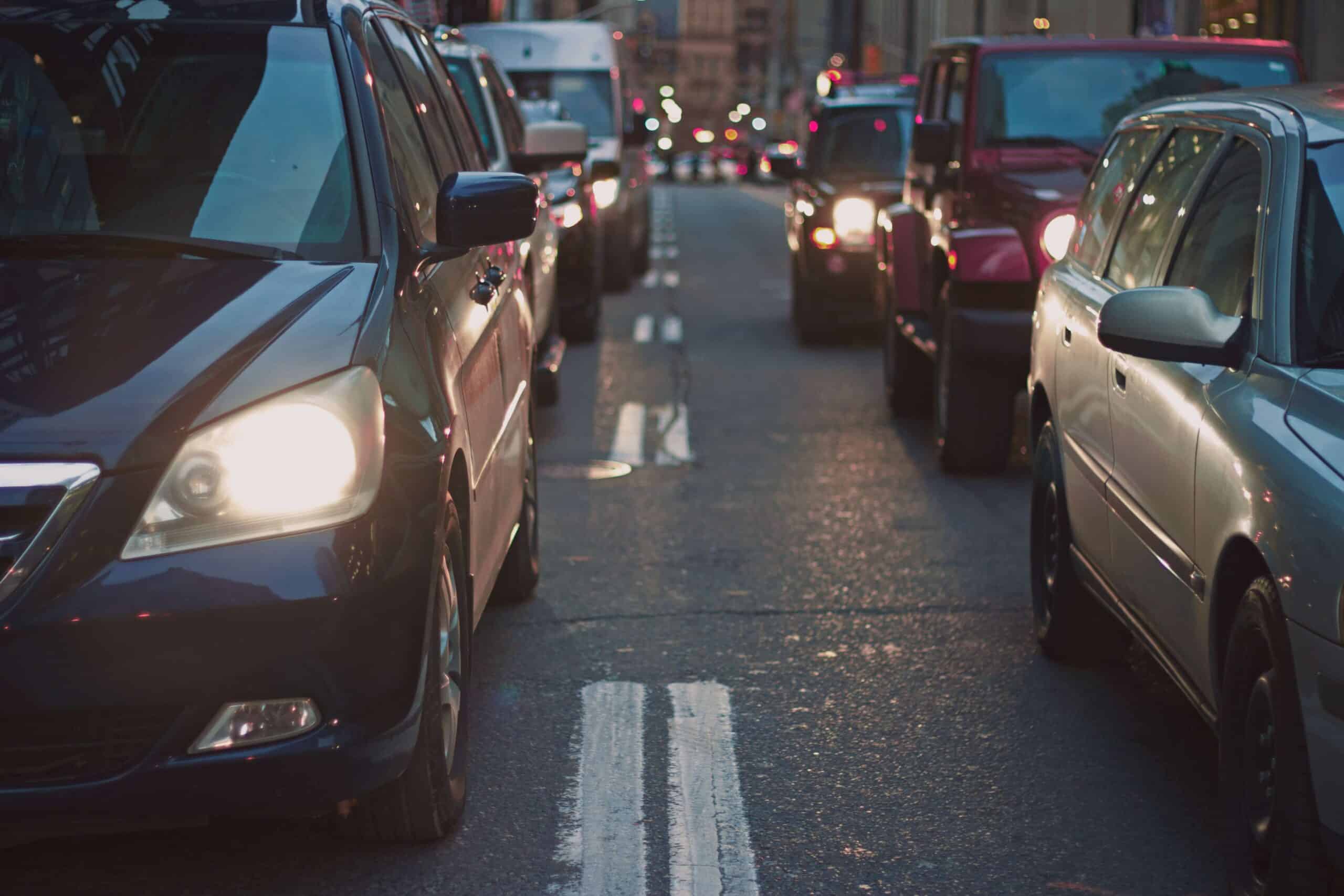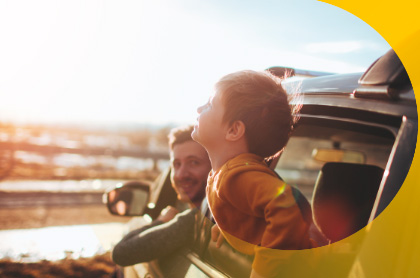Driving towards a cleaner future: how to reduce vehicle pollution


Tips on eco-driving
There are some simple things you can do from behind the wheel to limit your carbon footprint and how much your vehicle impacts air quality:
- When you accelerate or brake suddenly, your car emits more pollution. Steady, controlled driving is better for everyone because the ride is smoother. Use the engine brake rather than the brake pedal.
- You can also reduce your speed: if you slow down by just 10 km/h, you can reduce greenhouse gas emissions by 12.5%.
- Another way of reducing car pollution is to avoid busy times and congested areas. And if, despite your efforts, your vehicle ends up stationary for more than 20 seconds, it is better to turn off the engine than to leave it idling. You’ll use less fuel, which is a source of pollution.
- Air conditioning also consumes fuel. ADEME estimates that keeping your car cool inside increases fuel consumption by around 2 l/100 km in urban areas. Nobody is suggesting that you turn it off completely, just don’t use it systematically.
Good car maintenance
Keeping your car in good working order reduces the pollution it generates. Limit your impact by checking your oil, changing your particle filters and pumping up your tyres.
A lighter load
The heavier a vehicle, the more fuel it consumes and the more it pollutes. The WWF estimates that an SUV consumes 15% more energy than a standard vehicle. When buying or renting a vehicle, it is better to choose lightweight models. Also remember to unload your vehicle as much as possible: empty the boot and remove your bike rack or an unused roof box.
Capturing fine particles
Fine particles from car exhaust emissions and friction increase the risk of respiratory and pulmonary problems as well as other diseases such as cardiovascular conditions. Particulate filters are essential in reducing car pollution and improving air quality in our towns and cities. They are used for diesel engines and have been regulated since 2011. The filters must be checked regularly to make sure they are not clogged.
Another technique is to help suction off the particles emitted during braking with a solution such as TAMIC by Tallano Technologies.
Switch to electric
What other options will there be for reducing car pollution in the future? Electric vehicles are often presented as the ideal solution. Rightly so, in France, electric vehicles emit 3 to 4 times less CO2 than a petrol or diesel car. Nevertheless, the carbon impact of manufacturing an electric car can be two to three times greater than that of a petrol or diesel car, and large amounts of fossil fuel and metals such as lithium are required. Unfortunately, a “pollution-free” car is yet to be invented.






